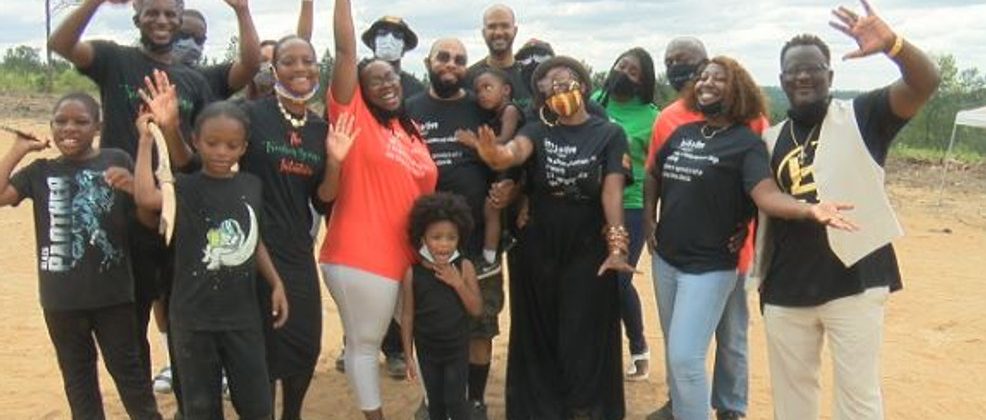

Alicia Jackson teaches history at Covenant College in Lookout Mountain, Georgia. Here is a taste of her Washington Post piece, “Black Americans have long envisioned and created spaces of sanctuary”:
On a plot of land near Toomsboro, Ga., three dozen people gathered last December to say “farewell” to 2020 and its uniquely grim events, including the disproportionate toll of the coronavirus pandemic on Black Americans and the violent killings of Ahmaud Arbery, George Floyd and Breonna Taylor. These African American families hoped that the new year would bring protection from injustices. To this end, they secured roughly 100 acres, built a refuge and named it “Freedom.” Theirs was to be a safe space where they and others like them could thrive.
This community was not the only one to contemplate building spaces of refuge for African Americans. In Fort Worth, Black congregants threatened to leave the predominantly White Southern Baptist Convention, the largest mainline denomination in the country. Other Black pastors and congregations had already left the SBC amid frustrations with the denomination’s predominantly White leadership, As the Rev. Joel Bowman Sr., senior pastor of Temple of Faith Baptist Church in Louisville, concluded, “The SBC to me is not currently a safe place for African Americans and other people of color.”
The idea of creating new institutions and communities is deeply rooted in Black American history. In reality, much of African American history is the story of Americans creating their own sense of sanctuary in a land that often seems antithetical to their presence and their needs.
Read the rest here.